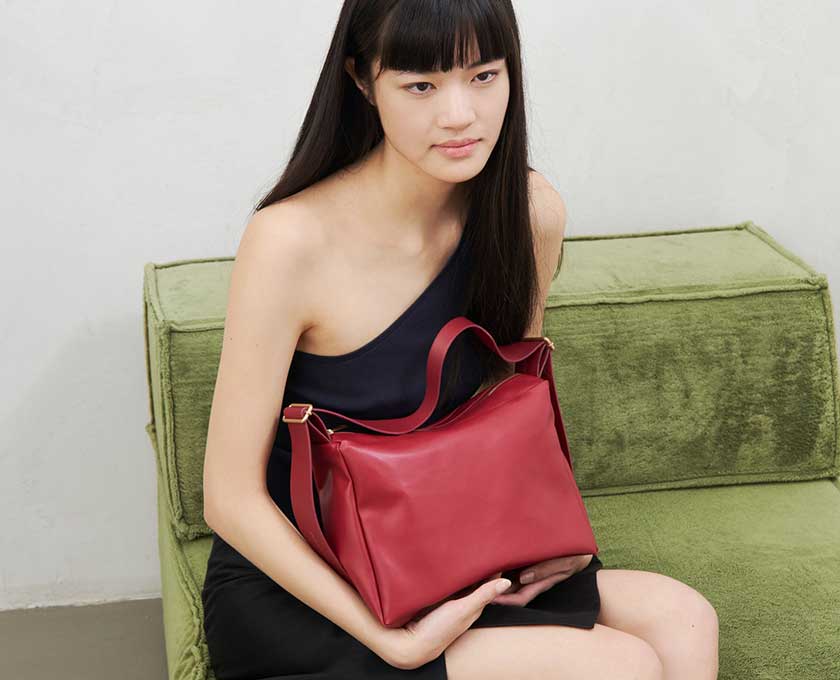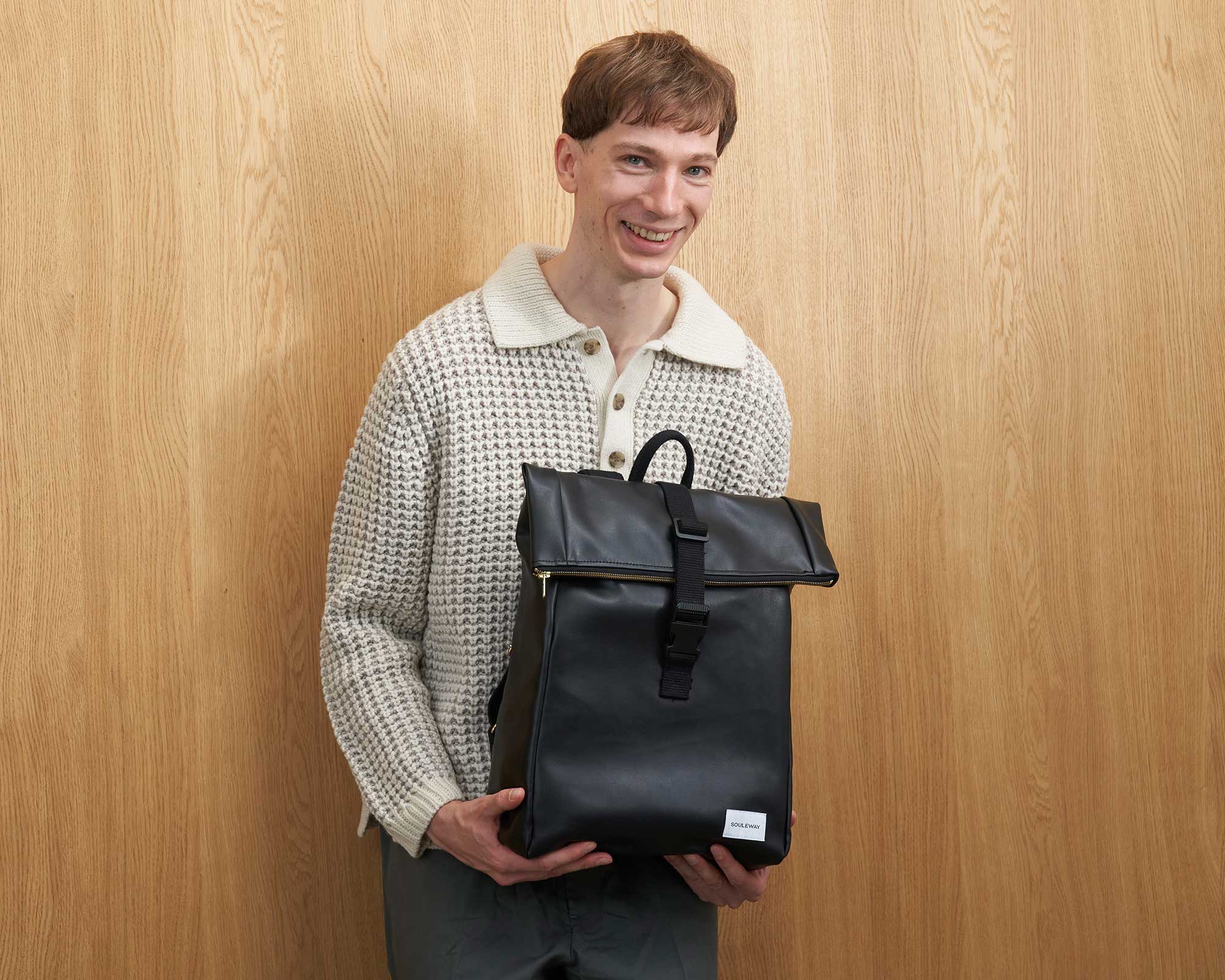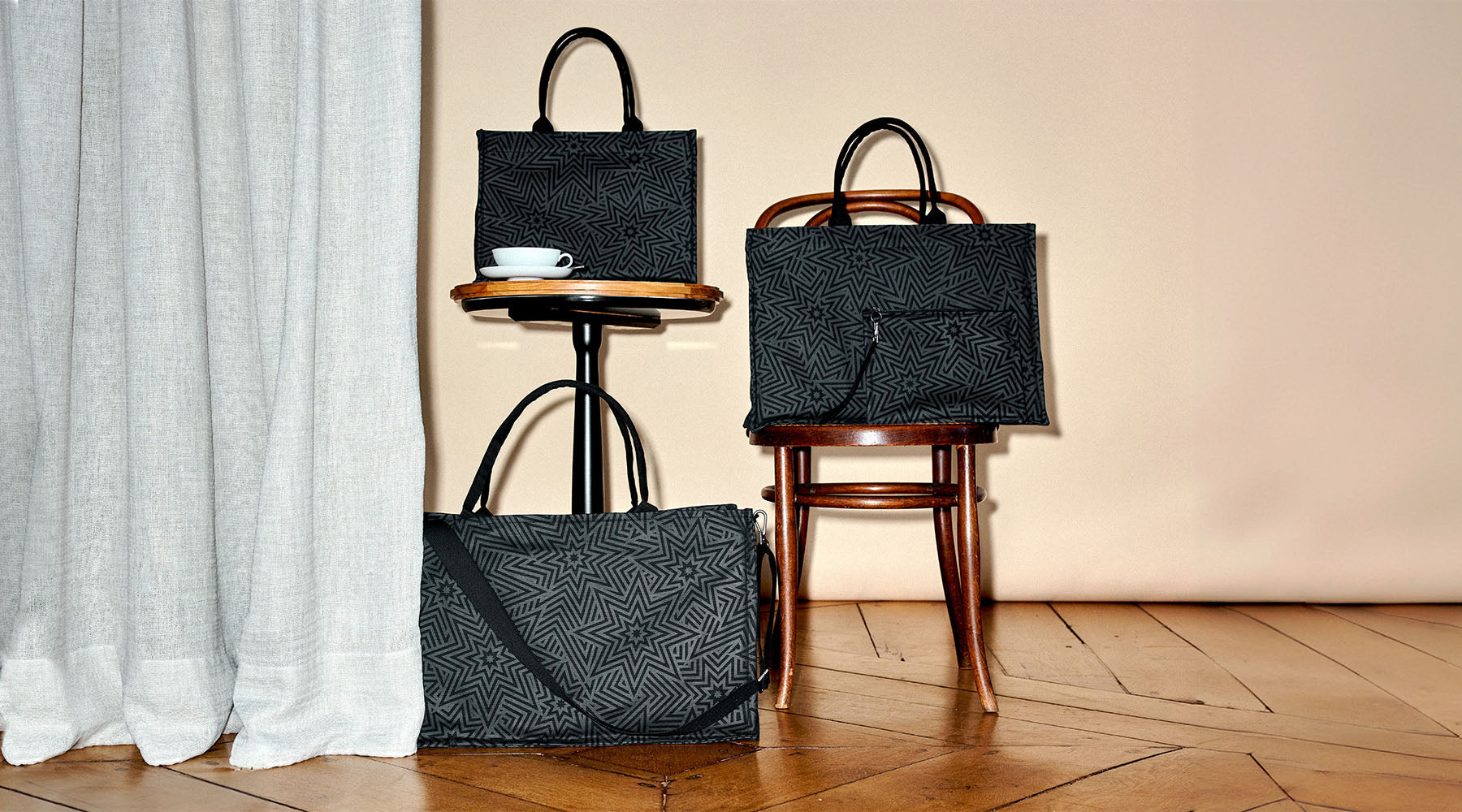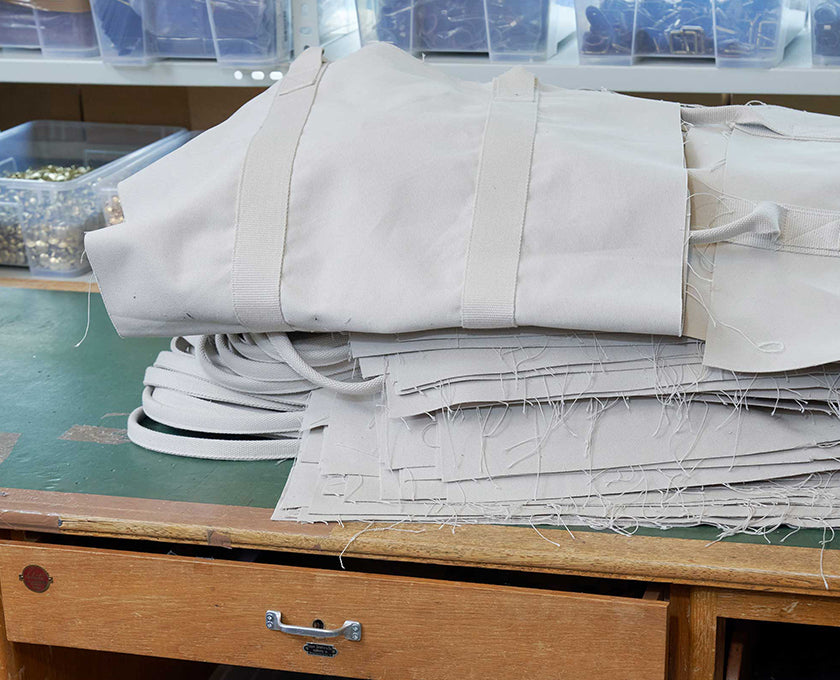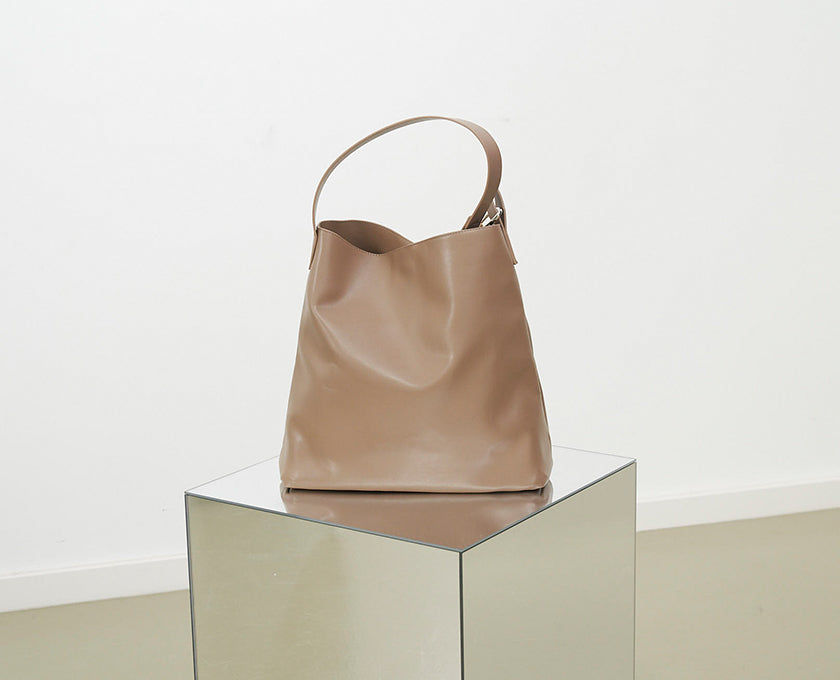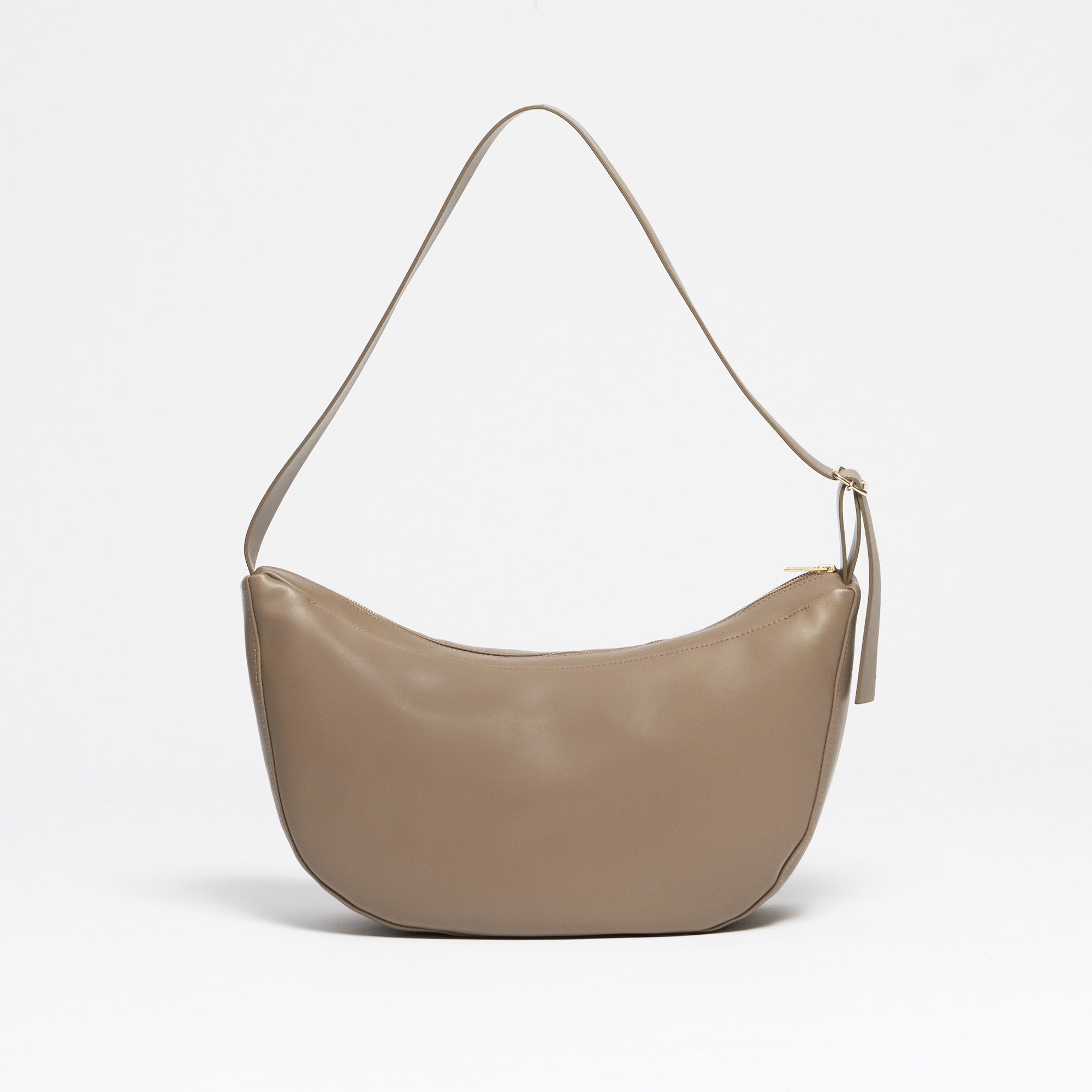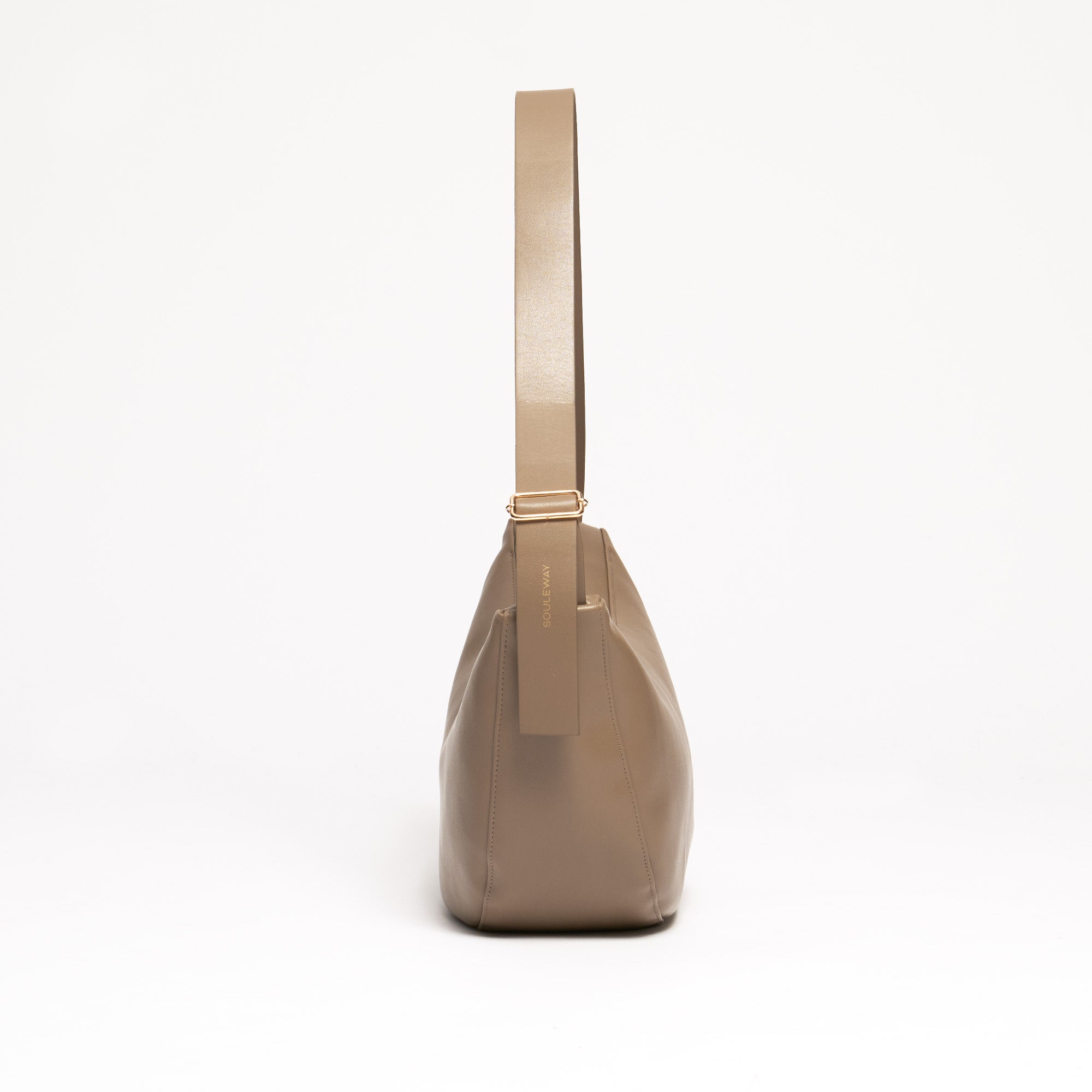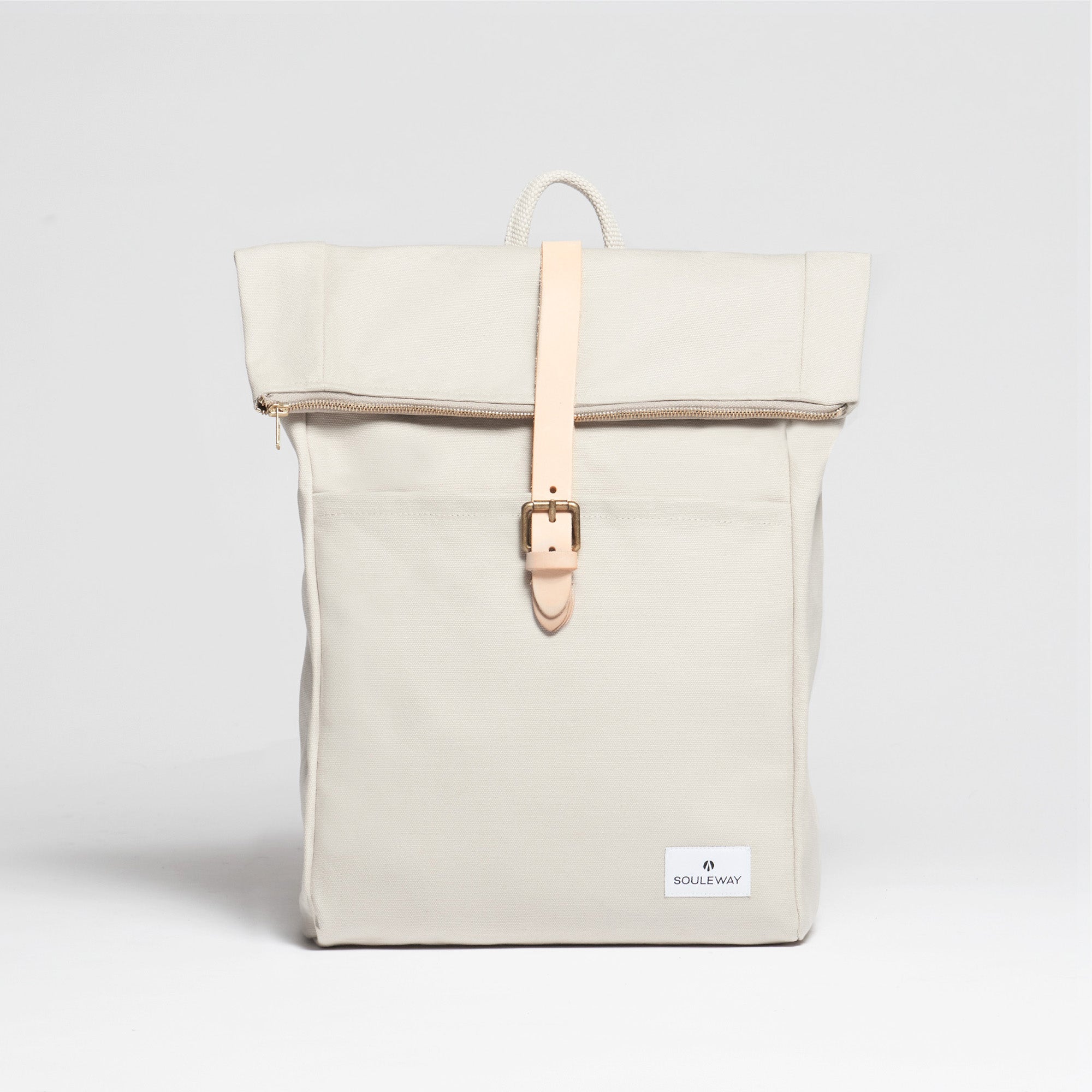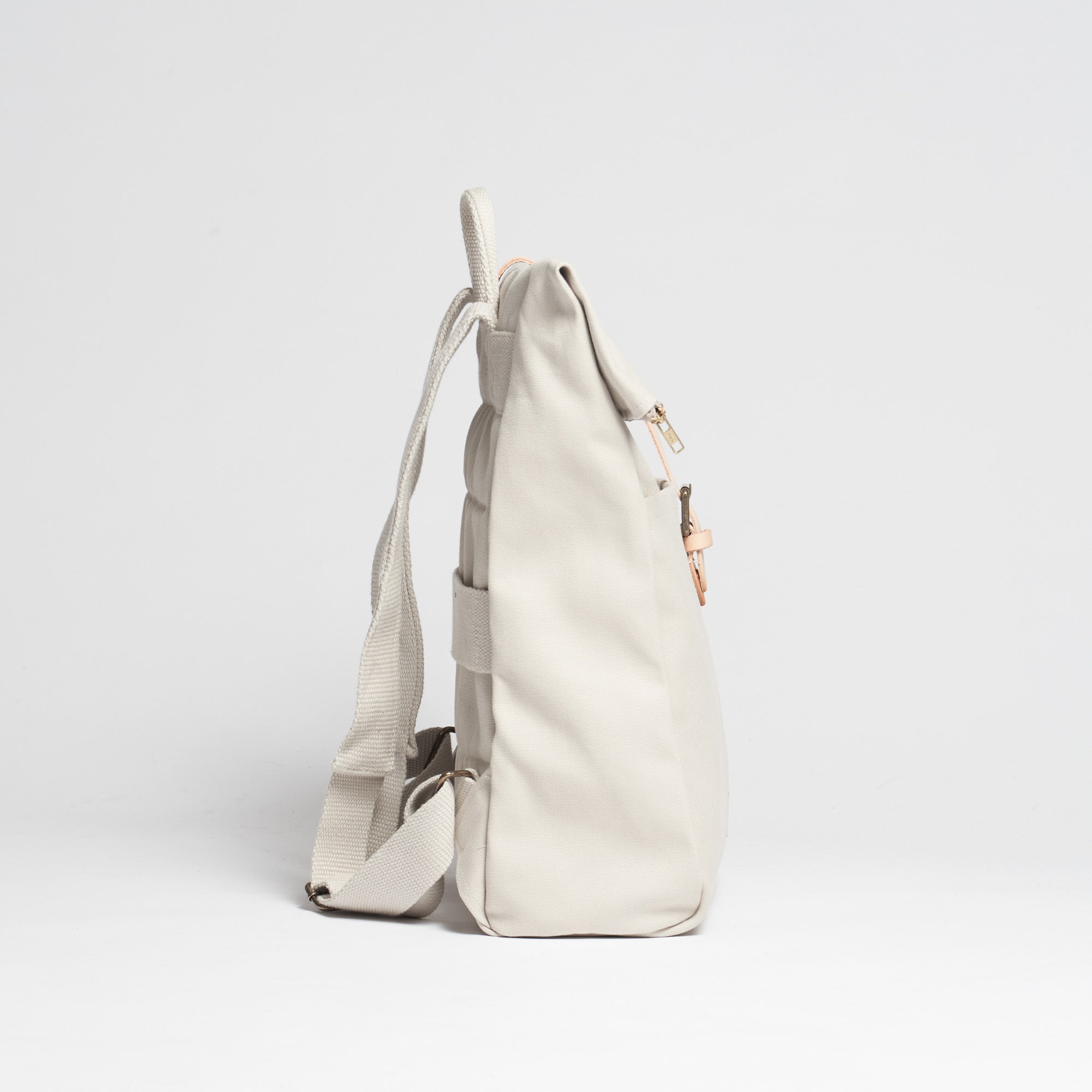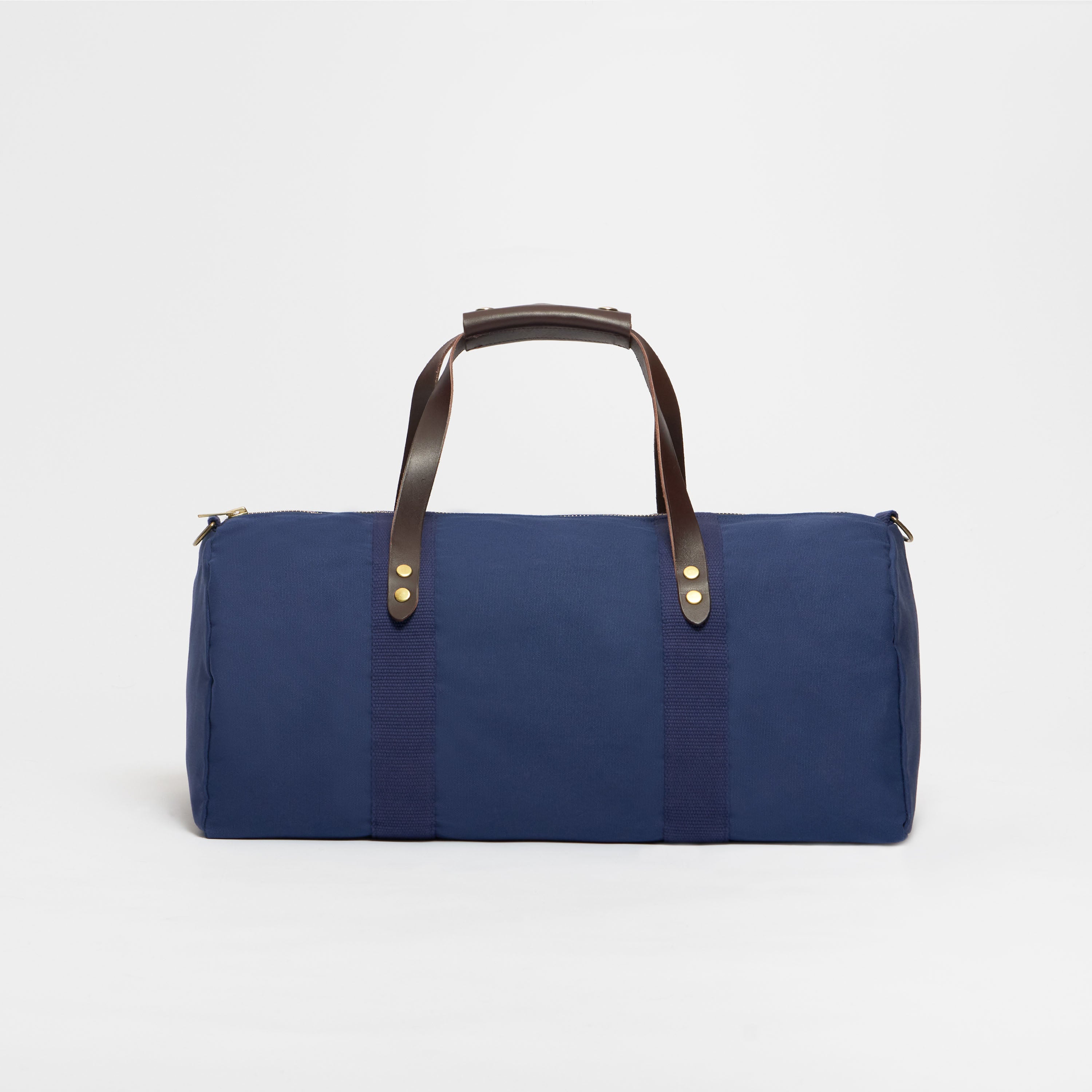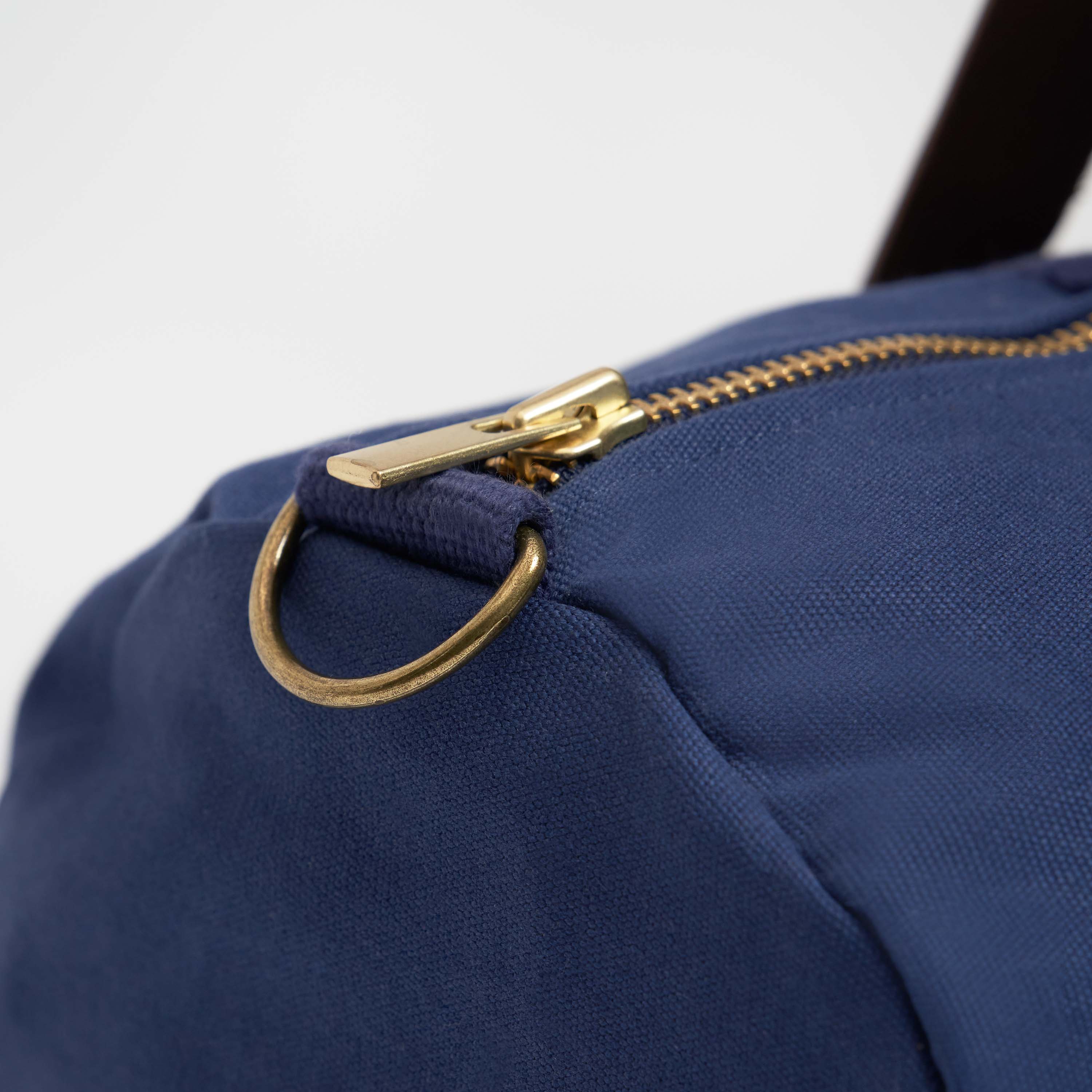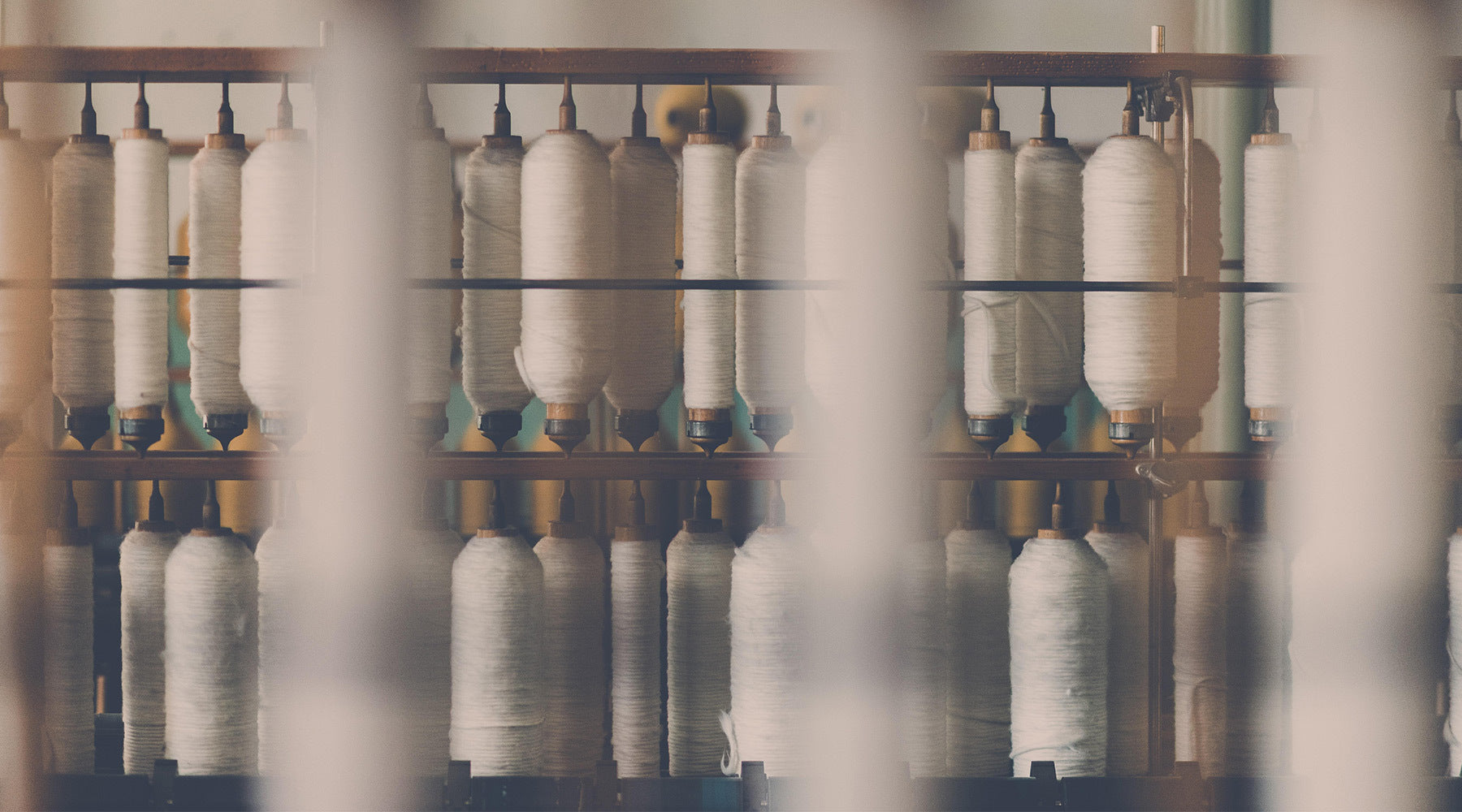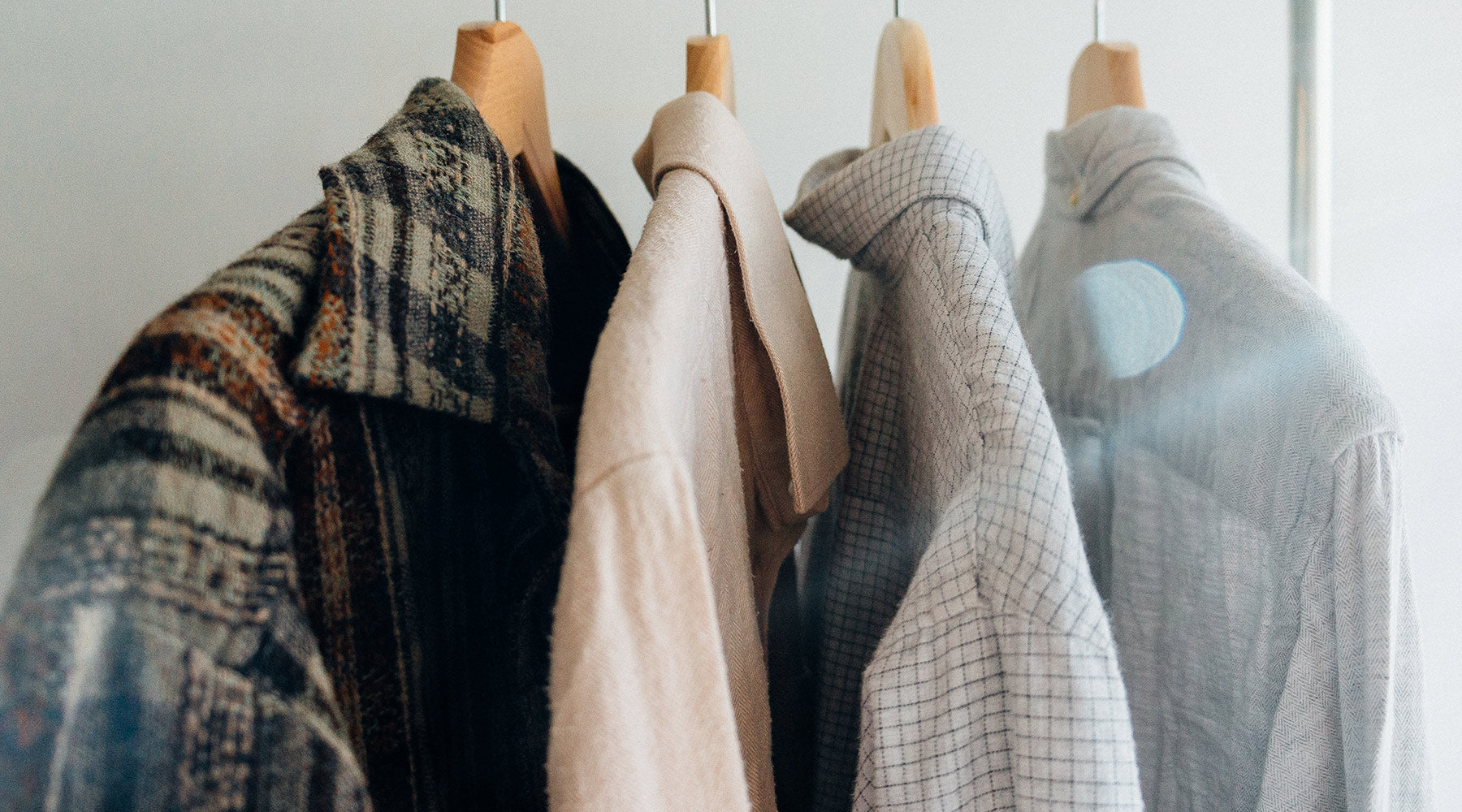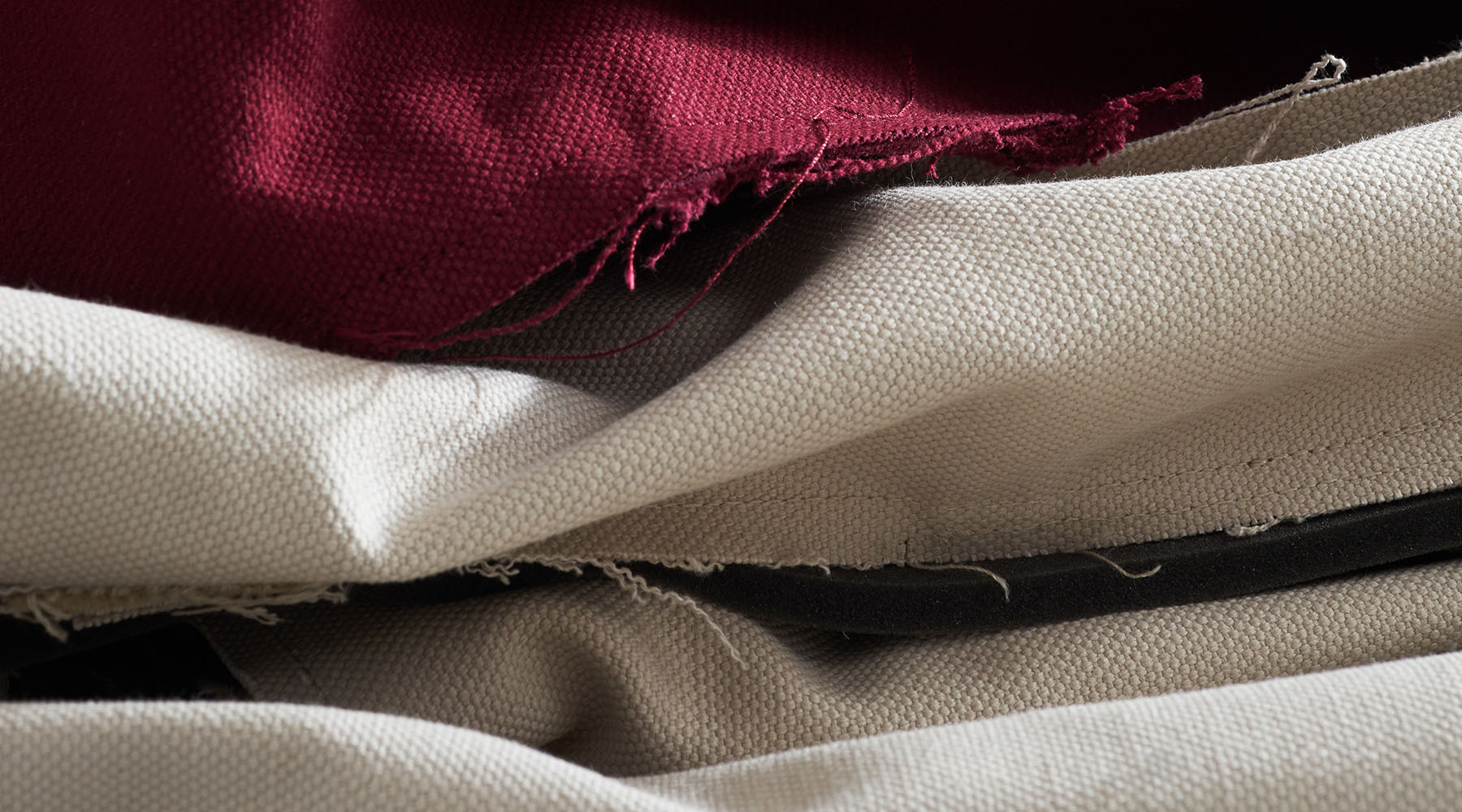These 5 sustainable materials are revolutionizing the fashion industry
What might sound unbelievable to many is the harsh reality: according to the United Nations, the textile industry produces more greenhouse gas emissions annually than the entire international aviation and shipping industry combined. Among others, it is one of the reasons for the extreme scarcity of our planet's natural resources and also contributes to enormous grievances in social terms. Looking at the textile industry, sustainability should therefore no longer be seen as just a buzzword, but as a necessity. Find out how these five sustainable materials are set to revolutionize the fashion industry:

Hemp fiber
The term "hemp" may evoke rather unconventional associations for many. Nevertheless, the hemp plant turns out to be a true all-purpose wonder and is therefore increasingly used in the fashion industry. The fiber is taken from the stalks of the plant, then roasted, debarked and processed into yarn. It impresses with its lightweight, breathable, durable and even cooling nature. The great thing about the hemp plant is that its cultivation requires comparatively little water and neither the use of pesticides nor chemical fertilizers. In addition, the hemp plant will grow in almost any soil, even releasing important nutrients into it. Even better: as a pure natural fiber, all textiles made from hemp are completely biodegradable.
Pineapple leather / Piñatex
If you like Piña Colada ... then you will also like this material. This might sound bizarre, but fabric can be made even from leaves of the pineapple plant. The fiber is obtained from the waste products of pineapple plantations in the Philippines and is therefore very sustainable in many respects. No additional energy and water resources have to be expended, and local farmers also benefit from an additional source of income. After the fibers are taken from the pineapple leaves and they are washed, dried, debased and freed from adhesives. Following this they are finally processed into fiber and tanned. Piñatex strongly resembles animal leather and is therefore often used as a vegan substitute for the production of shoes or bags.


SeaCellTM
Even the sea provides sustainable raw materials: brown algae from Icelandic fjords form the basis for the fabric with the name SeaCell. The algae are harvested without affecting the ecosystem, especially because great care is taken to ensure that the algae can grow again. This makes the brown algae a naturally renewable resource and therefore incredibly sustainable. After harvesting, the algae is dried, ground and finally processed with cotton to produce the finished textile fiber. Interestingly, the fiber remains rich in its natural active ingredients due to the gentle processing method. These are released by the skin's moisture when the textile is worn, thus supplying the skin with minerals and vital substances. SeaCell is breathable and temperature-regulating and is therefore popular for sportswear.
Lyocell / Tencel
Koalas will love this fabric, because the fiber mainly consists of Asian eucalyptus wood, which comes from sustainably managed forests or plantations. A clear advantage here is that the areas under eucalyptus cultivation cannot be used for any other agricultural purposes and thus do not compete with food cultivation. In addition, the eucalyptus scores with the fact that it grows very quickly and does not require artificial irrigation, fertilization or other chemical additives. Tencel fiber is produced in an environmentally friendly process and, like hemp fiber, is biodegradable and compostable. The finished fabric is characterized by its cooling and very pleasant wearing comfort. Due to the fine fiber structure of the fabric, it is very breathable and is therefore popular for sports fashion or even underwear.


Cork leather
We are big fans of cork leather, because it resembles conventional leather immensely without doing much harm to nature. The "leather" is obtained from the approximately three to five centimeters thick bark of the cork oak. The tree, which is resistant to heat and drought, is only peeled after about 25 years of growth and can then continue to live normally. Only after another 9 to 12 years the next peeling takes place. The cork pieces obtained are glued together to form panels, which are then cut thin and prepared into a kind of patchwork. The cork oak forests are not only a supplier of a particularly sustainable raw material, but also a habitat for some endangered animal and plant species. The environmentally friendly harvesting also speaks in favor of the material. Due to the natural processing, the finished cork leather is smooth, non-brittle and even optimally suitable for allergy sufferers.

